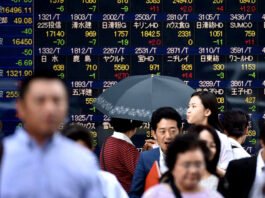The central bank meeting decision came at the end of their two-day policy board meeting in Tokyo. Recent price data indicate inflation drifting at about the central bank’s 2% target. This is a long-term concern. Latest data shows Japanese workers gaining better wages and generally setting to receive solid pay raises in upcoming annual union negotiations.
The central bank stressed that it intends to be very cautious to ensure that the economy remains stable, but it also hinted that additional interest rate increases might be on the horizon.
Last July, a rate hike sent stock values plunging. The bank is also keeping an eye on how the market will respond to US President Donald Trump’s proposals.
Last March, the Bank of Japan ended its negative interest rate policy. That translates to negative borrowing rates, by raising interest rates for the first time in 17 years.
The goal of Japan’s long-standing ultra-lax monetary policy was to spur economic growth. That pulls the country out of deflationary trends.
Growth is slowed by deflation as businesses reduce investment, wages are reduced, and consumers refrain from making purchases.
The U.S. Federal Reserve and the European Central Bank, reducing rates after boosting them to combat inflation, stand in stark contrast to Japan’s stance. The Fed just announced that it will reduce interest rates more gradually. (AP) NSA NSA



